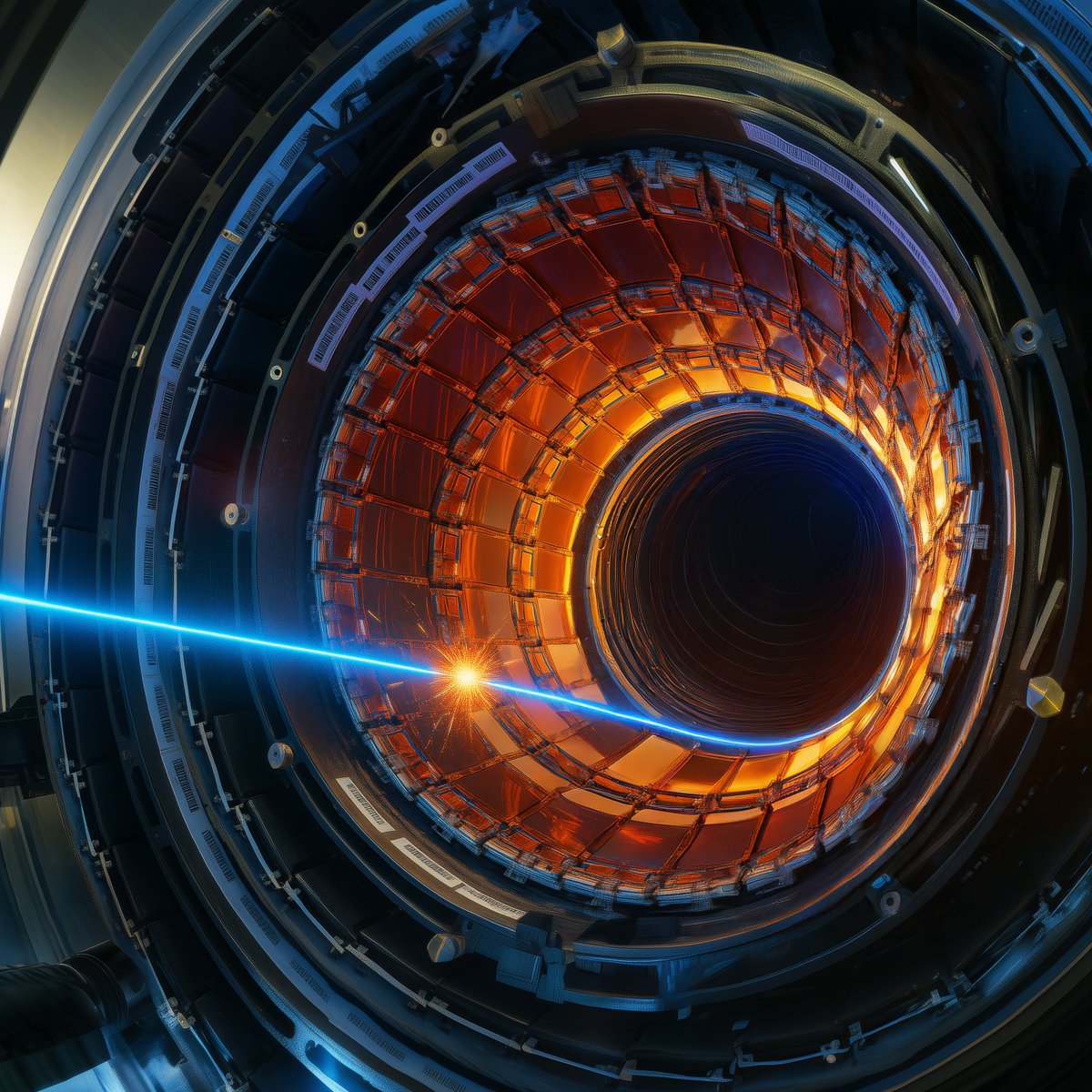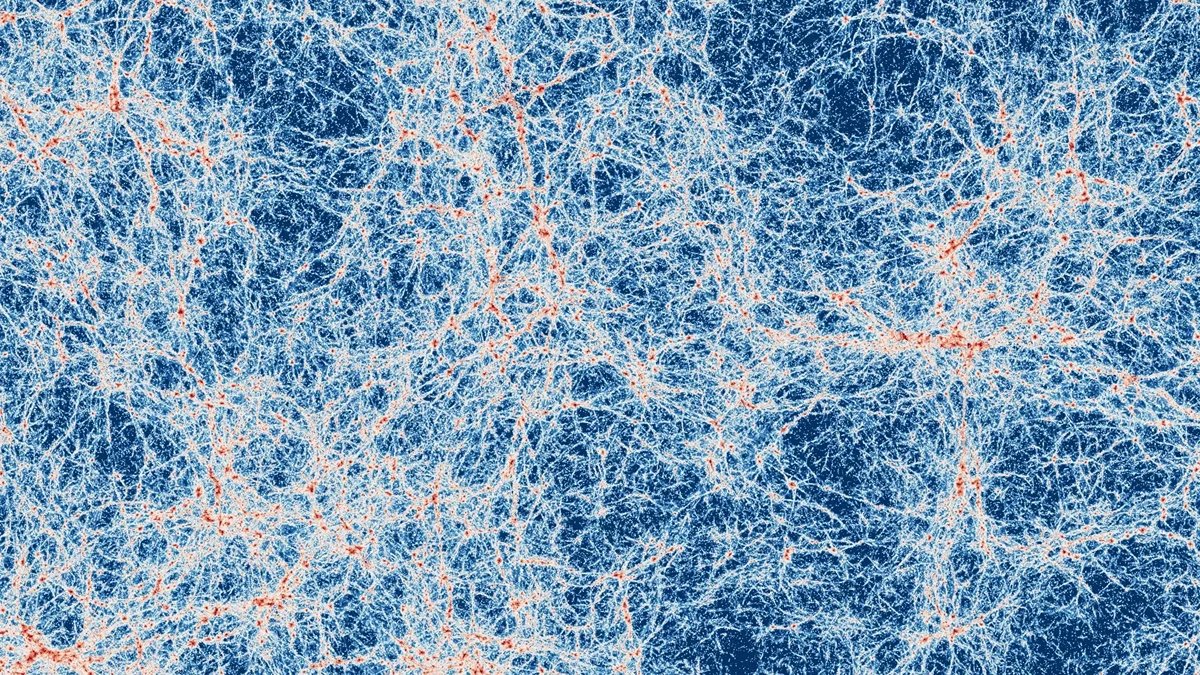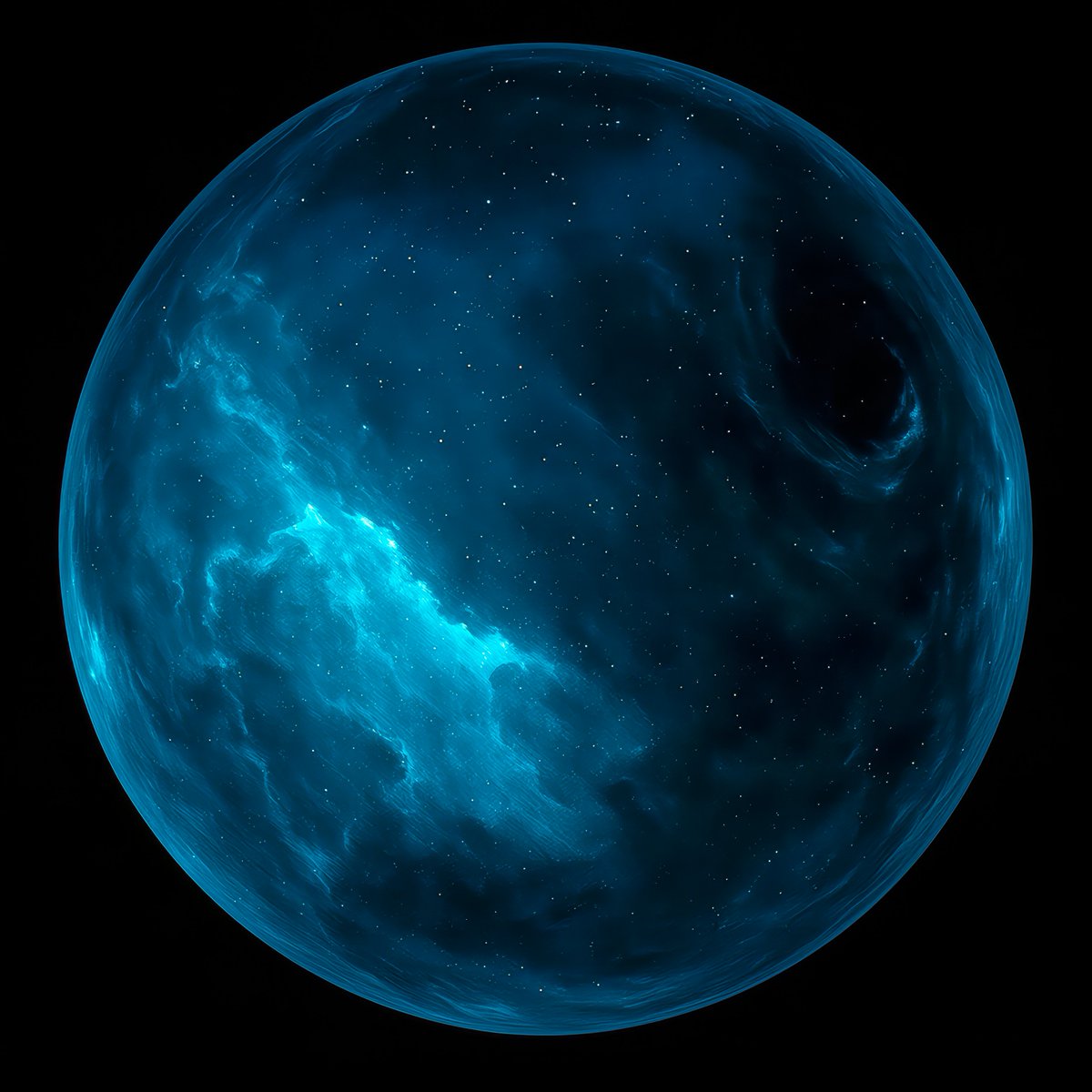
Passionate science enthusiast sharing breathtaking space discoveries and related content.
ct: curiosityonx@gmail.com
Sub for only $3⤴️.
3 subscribers
How to get URL link on X (Twitter) App


 1/ What lies at 0°N, 0°E on Earth? This is the exact point where the Equator and the Prime Meridian intersect. On a map, it looks like a natural “origin” for global coordinates. But the reality of what sits at this location is surprising and a little strange.
1/ What lies at 0°N, 0°E on Earth? This is the exact point where the Equator and the Prime Meridian intersect. On a map, it looks like a natural “origin” for global coordinates. But the reality of what sits at this location is surprising and a little strange. 

 What if the Big Bang wasn’t the beginning of everything – but the middle?
What if the Big Bang wasn’t the beginning of everything – but the middle?
 In a research paper authored by Manisha Caleb from the University of Sydney, the team report upon the discovery of FRB 20240304B which lies at a redshift of 2.148 +/- 0.001, corresponding to just 3 billion years after the Big Bang.
In a research paper authored by Manisha Caleb from the University of Sydney, the team report upon the discovery of FRB 20240304B which lies at a redshift of 2.148 +/- 0.001, corresponding to just 3 billion years after the Big Bang.

 Entanglement defies everyday intuition. Classical physics tells us signals need time to travel, yet entangled particles appear connected beyond space. They behave as one system, no matter the separation. This forces us to rethink what “distance” and “locality” even mean.
Entanglement defies everyday intuition. Classical physics tells us signals need time to travel, yet entangled particles appear connected beyond space. They behave as one system, no matter the separation. This forces us to rethink what “distance” and “locality” even mean.

 NASA engineers revived a set of Voyager 1’s backup thrusters that hadn’t worked since 2004. Those thrusters were long considered dead. The fix gives the aging spacecraft a backup if its primary thrusters fail.
NASA engineers revived a set of Voyager 1’s backup thrusters that hadn’t worked since 2004. Those thrusters were long considered dead. The fix gives the aging spacecraft a backup if its primary thrusters fail.

 The object is called ASKAP J1832−0911, or ASKAP J1832.
The object is called ASKAP J1832−0911, or ASKAP J1832.
 Harvard physicist Avi Loeb says new Hubble images of 3I/ATLAS show a glow in front of it, unlike normal comets that have tails behind them. This unusual light pattern raises doubts about whether it is a natural object or something artificial.
Harvard physicist Avi Loeb says new Hubble images of 3I/ATLAS show a glow in front of it, unlike normal comets that have tails behind them. This unusual light pattern raises doubts about whether it is a natural object or something artificial. 

 James Webb Space Telescope (JWST) observations show that early galaxies are too bright, massive, and mature to fit our current models of cosmic evolution. This challenges the idea that galaxies gradually grew over billions of years.
James Webb Space Telescope (JWST) observations show that early galaxies are too bright, massive, and mature to fit our current models of cosmic evolution. This challenges the idea that galaxies gradually grew over billions of years.

 The James Webb Space Telescope found that early galaxies don't spin randomly. Out of 263 studied, 62% spun clockwise. This imbalance challenges the idea of a symmetrical universe and hints at deeper cosmic forces or structures at play.
The James Webb Space Telescope found that early galaxies don't spin randomly. Out of 263 studied, 62% spun clockwise. This imbalance challenges the idea of a symmetrical universe and hints at deeper cosmic forces or structures at play.

 Scientists suggest Earth lies inside a massive cosmic void about 1 billion light-years wide, where galaxy density is around 20% lower than average. This finding is based on patterns from ancient sound waves called baryon acoustic oscillations (BAOs).
Scientists suggest Earth lies inside a massive cosmic void about 1 billion light-years wide, where galaxy density is around 20% lower than average. This finding is based on patterns from ancient sound waves called baryon acoustic oscillations (BAOs).

 Physicists created matter from pure light — proving Einstein’s 90-year-old prediction
Physicists created matter from pure light — proving Einstein’s 90-year-old prediction
 In 2018, astronomers observed a star being torn apart by a supermassive black hole in an event named AT2018hyz. This tidal disruption shredded the star into hot plasma, sending it spiraling around the black hole in a dramatic flare. Unexpectedly, nothing more was seen—until years later.
In 2018, astronomers observed a star being torn apart by a supermassive black hole in an event named AT2018hyz. This tidal disruption shredded the star into hot plasma, sending it spiraling around the black hole in a dramatic flare. Unexpectedly, nothing more was seen—until years later.

 Astronomers have captured the first-ever direct image of a strand in the cosmic web.
Astronomers have captured the first-ever direct image of a strand in the cosmic web.
 Breakthrough data from James Webb confirms there's a major gap in our understanding of the cosmos — and reveals unknown physics exists.
Breakthrough data from James Webb confirms there's a major gap in our understanding of the cosmos — and reveals unknown physics exists.
 The object, for now, designated 2023 KQ14 and nicknamed “Ammonite,” was found by astronomers in Japan using its Subaru Telescope in Hawaii. Announced in a paper published today in Nature Astronomy, the object is not a planet but a sednoid. It's only the fourth sednoid ever discovered.
The object, for now, designated 2023 KQ14 and nicknamed “Ammonite,” was found by astronomers in Japan using its Subaru Telescope in Hawaii. Announced in a paper published today in Nature Astronomy, the object is not a planet but a sednoid. It's only the fourth sednoid ever discovered.

 Earth and the rest of the Milky Way could be floating in a billion-light-year-wide cosmic void, according to new research.
Earth and the rest of the Milky Way could be floating in a billion-light-year-wide cosmic void, according to new research.
 We’re gonna calculate how many Earth sized planets orbit within the habitable zone of Sunlike stars across the visible universe.
We’re gonna calculate how many Earth sized planets orbit within the habitable zone of Sunlike stars across the visible universe.